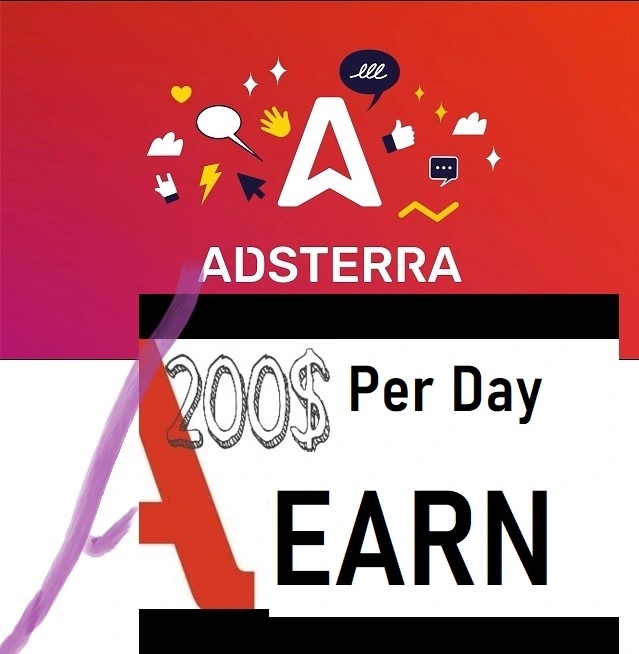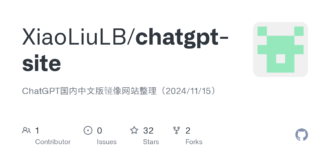
Try Adsterra Earnings, it’s 100% Authentic to make money more and more.

Artificial intelligence, or AI, is actively changing how we interact with technology. Generative AI is a type of AI technology that can produce text, images, audio, and more, when prompted by a human–usually using natural language. For example, if you prompt ChatGPT to “rewrite the story of Little Red Riding Hood in 500 words,” it would provide a summary based on your constraints and data that has been fed into the system.
OpenAI is an AI research company producing a series of services, and ChatGPT is just one of their many offerings. Their aim is to develop AI in ways that benefit humanity. Read on to learn more about OpenAI, its history, and the benefits and drawbacks of its artificial intelligence products.
What is OpenAI?
OpenAI is an AI research lab and company that aims to develop AI and steer it in ways that “benefit all of humanity.” It was created at first as a non-profit organization due to its founders’ concerns about the potential misuse and catastrophe from AI being used “in the wild.” Several investors pooled together $1 billion to deliver research and resources that remain open to the public.
Timeline and history of OpenAI
OpenAI was founded in 2015 with a focus on developing AI and machine learning tools for various activities. Its first offering was an open-source toolkit for developing reinforcement learning algorithms (OpenAI Gym), which prompted it to focus on AI research for more general purposes.
In 2018, OpenAI released the concept of a Generative Pre-trained Transformer (GPT), which is a neural network (a machine learning model) that simulates human brain and is trained on data sets. In 2021, DALL-E was released, an image version of ChatGPT where humans can prompt the generative AI model to produce images. ChatGPT was released in November 2022, and became the most popular chatbot and generative AI tool–for producing anything from chatbot responses to survey questions to resumes.
Who owns OpenAI?
OpenAI has a non-profit ownership structure (but is now a for-profit business). It was originally founded by research engineers and scientists, with large donations from entrepreneurs such as Elon Musk (Tesla, SpaceX), Sam Altman (OpenAI’s current CEO), Reid Hoffman (LinkedIn co-founder), Peter Thiel (PayPal co-founder), and several others.
Today, Microsoft is one of the largest stakeholders and backers of the company. However, some investors are still involved, except most notably Musk, who left in 2018 and recently started his own AI company, xAI.
OpenAI products and releases
OpenAI has quite a few product offerings, such as the following:
-
OpenAI API: The developer platform is a suite of services, including the above, that helps build and deploy AI applications [2].
Read more: How To Write ChatGPT Prompts: Your 2023 Guide
Guided Project: OpenAI for Beginners
Learn how to programmatically prompt an OpenAI model using the OpenAI API and use the AI to add to a data set on a user’s movie collection. With the OpenAI model, you’ll be able to input data such as genre, director, and movie plots. Flex your skills so you can add this project to your growing portfolio in just two hours.
Benefits and drawbacks of OpenAI products and services
OpenAI has faced both praise and criticism from the public and technology professionals. Here’s a breakdown of some of the benefits and drawbacks of OpenAI products.
Benefits
OpenAI products such as ChatGPT, when used correctly, can help us in our daily professional lives to perform certain AI-driven tasks with accuracy and efficiency.
-
Save time: Machine learning algorithms can automate tasks, such as text, image, and voice recognition, which can save users a lot of time. The everyday user can use the time to focus on editing survey questions rather than spending effort to devise 20 original ones. Software developers can focus on making the mobile app functional.
-
Save money: OpenAI can save companies money on labor, since manually tagging photos uploaded by users (on Facebook, for example) would require a huge team.
-
Gain insights: OpenAI’s predictive analytics can analyze large data sets and deliver insights that can be used to foster engagement with a product or service. It can identify patterns in user behavior to transform a good product or service into a great one [3].
Drawbacks and criticism
The drawbacks of OpenAI involve criticisms that apply to all types of AI and its implications on humanity unless they consider ethics and bias.
-
Is it ethical? OpenAI has received criticism for shifting from its “non-profit” status in 2019. This led people to believe that they were participating in the race toward developing the most advanced technology, based on research it had gathered as a non-profit, and using it to reap profits.
-
Is it accurate? OpenAI’s products, such as ChatGPT, have received criticism that it is trained on news and data from the open web that might be outdated–or worse, biased. Its ability to separate fact from fiction from stereotypes is worth considering.
-
Is it legal? The risks of OpenAI’s services have reached the federal government level, where officials are filing lawsuits against the legality of sourcing data and of copyrighted materials. Actions have been taken to protect authors’ and artists’ original work.
Learn applied AI with IBM
Gain the skills you need to apply and build AI that solves complex problems. Learn the basics of AI, and then create AI chatbots and virtual assistants without any programming, and deploy them on a website. Build AI-powered solutions using APIs and Python. Enroll in IBM’s Applied AI Professional Certificate and earn your credential in three months (at 10 hours per week).
Published By

Latest entries
 allPost2025.01.25Hamas to release four female Israeli soldiers
allPost2025.01.25Hamas to release four female Israeli soldiers allPost2025.01.25BREAKING: Secretary of State Rubio orders U.S. to immediately stop almost all foreign aid
allPost2025.01.25BREAKING: Secretary of State Rubio orders U.S. to immediately stop almost all foreign aid allPost2025.01.25Body camera video shows Florida officer shoot man with his own gun
allPost2025.01.25Body camera video shows Florida officer shoot man with his own gun allPost2025.01.25Shohei Ohtani former interpreter phone call released
allPost2025.01.25Shohei Ohtani former interpreter phone call released





